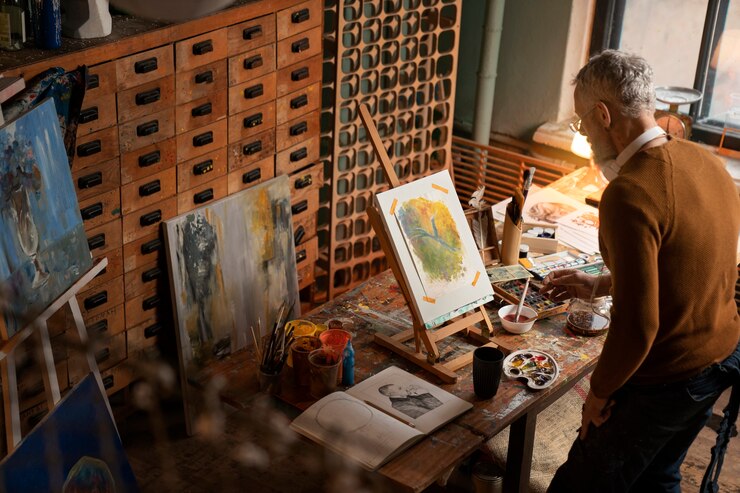Preserving art heritage is a significant challenge faced by societies around the world. As art serves as a reflection of cultural and historical identity, the importance of protecting it cannot be overstated.Read More
One of the primary challenges in preserving art heritage is the impact of environmental factors. Artworks and historical monuments are vulnerable to damage from pollution, extreme weather conditions, and natural disasters. Exposure to humidity, sunlight, and temperature fluctuations can cause irreversible harm to paintings and sculptures. Another challenge is human activity, including vandalism, theft, and urban development, which often threatens the preservation of culturally significant sites. In addition, many countries face financial constraints, limiting their ability to implement adequate preservation measures and maintain important art collections. To address these challenges, various strategies have been developed to enhance the preservation of art heritage. One key approach is the use of advanced technology, such as digital imaging and 3D modeling, to create detailed records of artworks. This allows for accurate restoration and documentation, even if the original piece is damaged. Additionally, preserving art heritage involves training conservators and specialists in modern restoration techniques. Another important strategy is community involvement and education, which fosters a sense of responsibility for protecting cultural heritage. The preservation of art heritage also requires significant collaboration between different sectors. Governments, non-profit organizations, and cultural institutions must work together to implement effective preservation policies. International cooperation is crucial, especially when it comes to protecting artworks that are shared across borders or housed in conflict zones. By pooling resources and expertise, organizations can better address the challenges of preserving art heritage on a global scale. Additionally, the private sector can play a role by providing funding and expertise for art conservation projects. In recent years, there has been a growing emphasis on sustainable preservation practices. This includes using environmentally friendly materials and methods to restore artworks and historical monuments. Sustainable practices ensure that preservation efforts do not harm the environment or compromise future conservation efforts. Additionally, public engagement plays a vital role in preserving art heritage, as communities that understand the value of their cultural assets are more likely to participate in preservation initiatives. Museums and galleries often hold exhibitions and workshops to raise awareness and encourage public participation in conservation efforts. In conclusion, preserving art heritage is a multifaceted challenge that requires a combination of advanced technology, international collaboration, and community involvement. With environmental degradation, human negligence, and financial limitations posing ongoing threats, it is essential to implement innovative strategies and foster a sense of responsibility among all stakeholders. As the global community works together to protect these invaluable cultural assets, future generations will have the opportunity to experience and appreciate the rich art heritage that defines our shared history and identity.Challenges in Preserving Art Heritage
Strategies for Preserving Art Heritage




